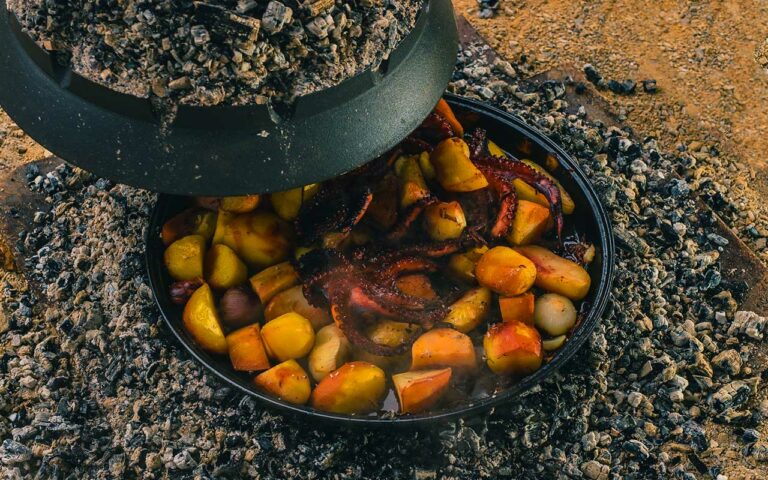Introduction: Bhutanese Cuisine
Bhutanese cuisine is an integral part of the country’s cultural heritage. It is a unique blend of flavors and techniques that reflect the country’s geography, climate, and traditions. Bhutanese cuisine features a wide variety of dishes, from hearty stews and soups to spicy curries and stir-fries. Many of the ingredients used in Bhutanese cuisine are locally sourced and have been a part of the country’s culinary heritage for centuries.
Bhutanese Food Culture
Bhutanese food culture is deeply rooted in tradition and religion. The country’s predominantly Buddhist population follows a strict vegetarian diet for a significant portion of the year. During this time, many Bhutanese consume a diet rich in grains, vegetables, and legumes. However, meat is also an essential component of the Bhutanese diet. Yak, beef, and pork are commonly consumed and are often used in stews and curries.
Local Ingredients Importance
Local ingredients are of utmost importance in Bhutanese cuisine. The country’s mountainous terrain and remote location make it challenging to import many food items, and as a result, Bhutanese cuisine relies heavily on locally sourced ingredients. Many of these ingredients have medicinal properties and are an essential part of Bhutanese traditional medicine. Additionally, they are often steeped in religious significance and are used in religious offerings.
Red Rice: Staple Food Item
Red rice is a staple food item in Bhutanese cuisine. It is a short-grain rice that is reddish-brown in color and has a nutty flavor. It is commonly used in stews, soups, and as a side dish. Red rice is rich in nutrients and antioxidants and is a healthier alternative to white rice.
Cheese: A Unique Flavor
Bhutanese cheese, also known as datshi, is a unique flavor in Bhutanese cuisine. It is made from cow’s milk and has a crumbly texture. It is used in a variety of dishes, including soups and curries. Datshi is an important part of Bhutanese culture and is often served during religious festivals.
Chilies: Spicy Flavor Enhancer
Chilies are a crucial ingredient in Bhutanese cuisine. They are used in almost every dish and have become an integral part of the country’s culinary identity. Bhutanese chilies are small and fiery and are often used to add heat and flavor to dishes. The Bhutanese believe that chilies have medicinal properties and are essential for good health.
Cordyceps: A Nutritious Fungi
Cordyceps, also known as yartsa gunbu, is a nutritious fungus that grows in the high-altitude regions of Bhutan. It is highly prized for its medicinal properties and is used in traditional medicine to treat a wide variety of ailments. Cordyceps is also used in Bhutanese cuisine, usually in soups or stews, and is considered a delicacy.
Final Thoughts: Bhutanese Culinary Heritage
Bhutanese cuisine is a unique blend of flavors, techniques, and traditions that reflect the country’s cultural heritage. Local ingredients are a crucial component of Bhutanese cuisine, and many of them have been a part of the country’s culinary traditions for centuries. Bhutanese cuisine is an integral part of the country’s cultural identity and remains an essential aspect of Bhutanese life.

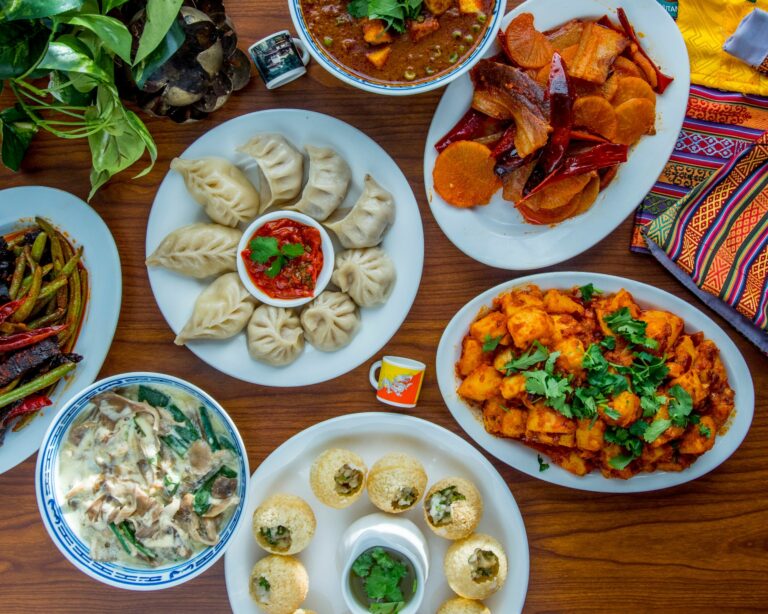

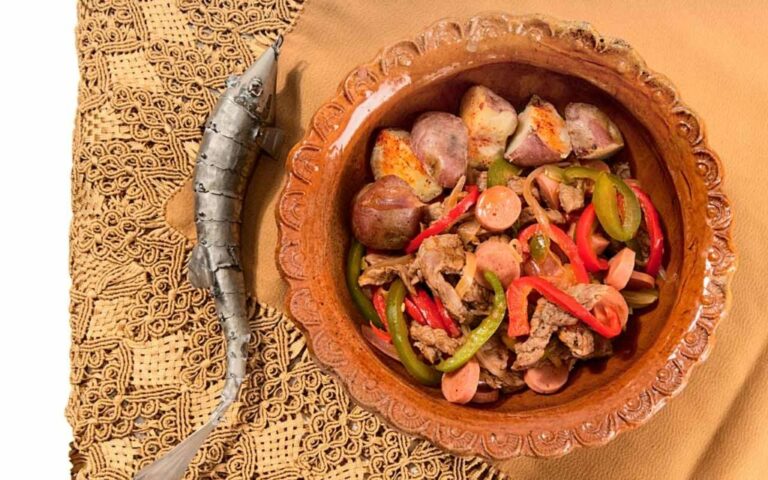
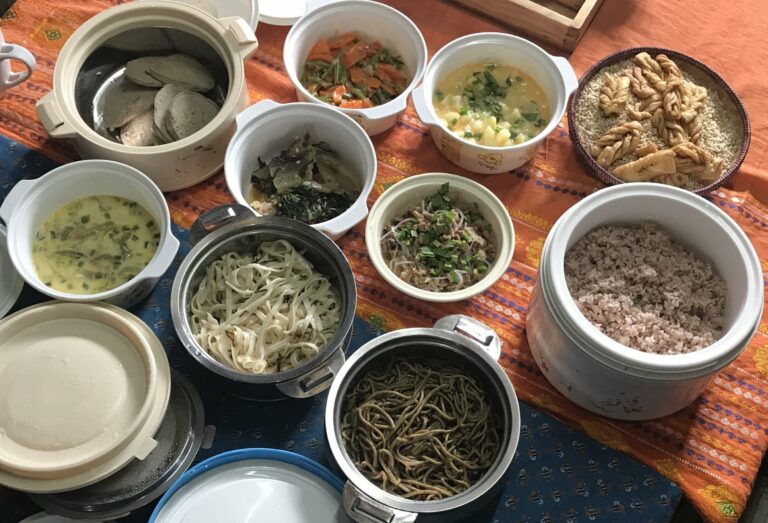
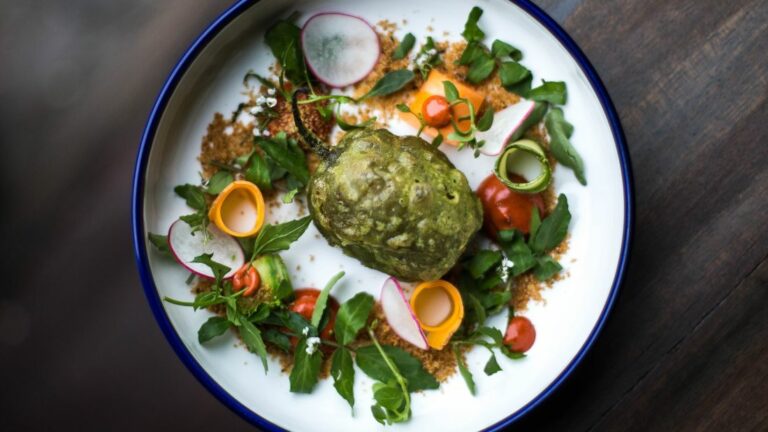
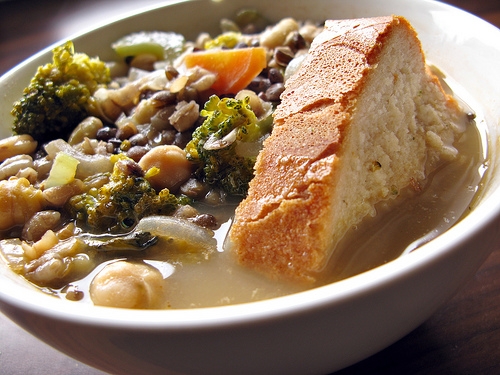
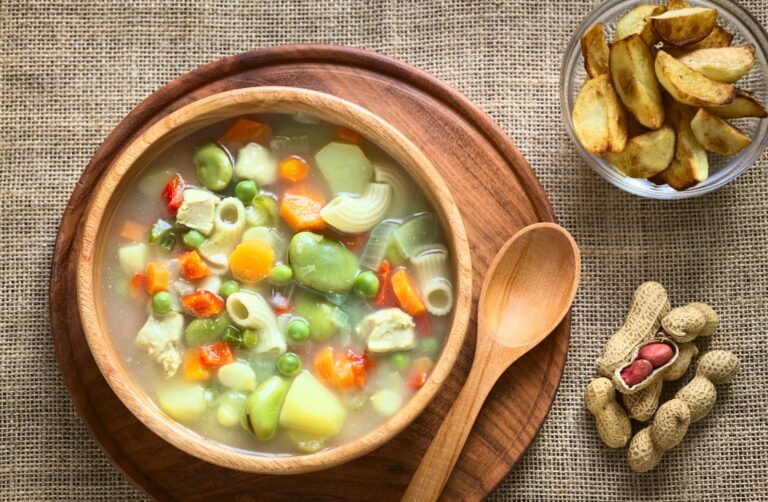

![Can you recommend some Bosnian restaurants in [city]?](https://foodnerdy.com/blog/wp-content/uploads/2023/05/sogan-G_7324-500x375-1.jpg)
